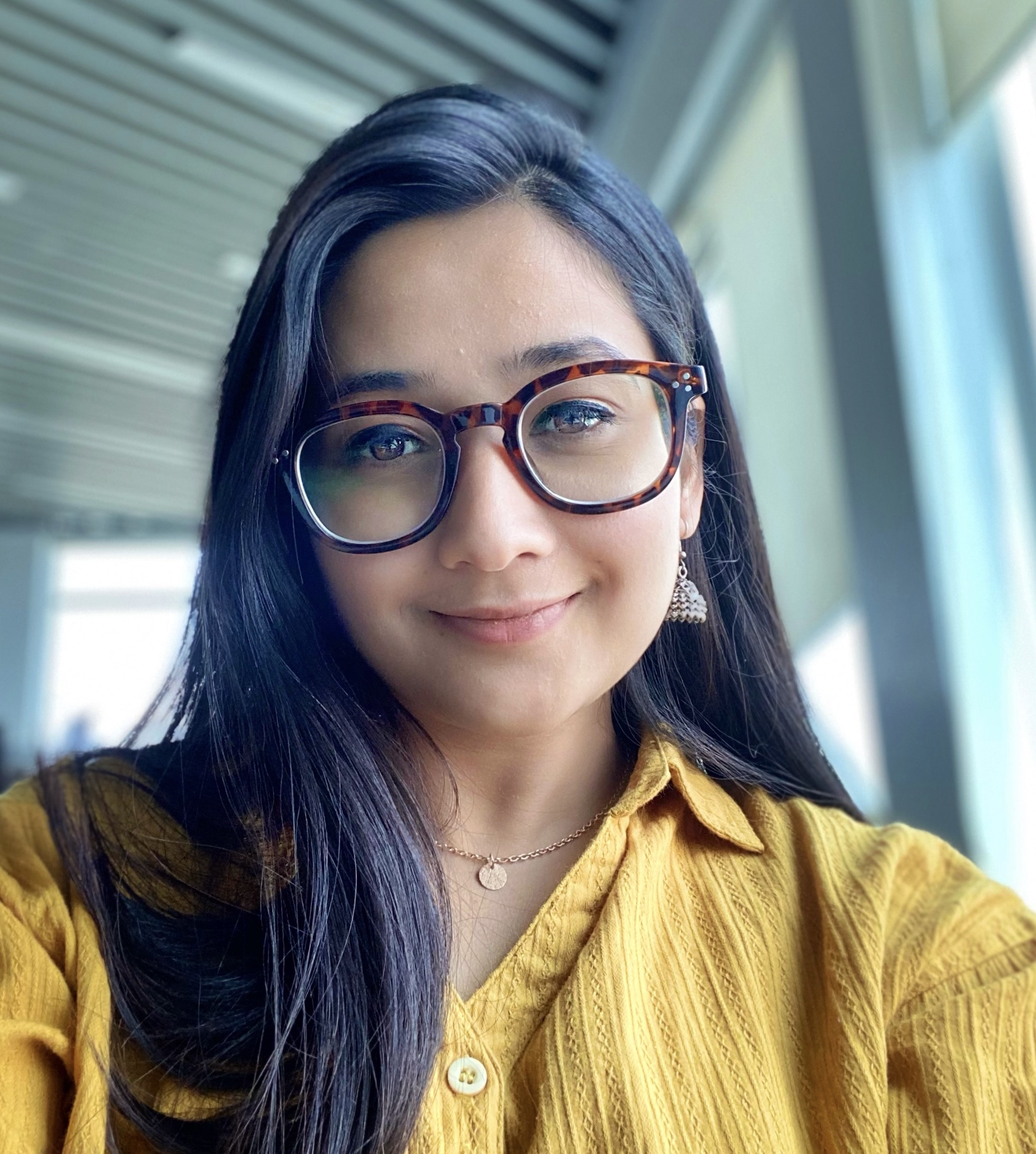National
Online classes come at the cost of eye problems for students
Doctors fear the risk of myopia, and predict that visits to doctors with eye complaints will soar in the coming days as restrictions on movement loosen.
Samiksha Baral
Aashma is online. But she doesn't quite feel happy about it.
Like most of the kids of her age-group, the 14-year-old eighth grader loves going out, having fun with her friends in school and in her neighbourhood. But unlike other school-going children her age, she was never very fond of using the computer and surfing the internet.
Of late that is not a choice she has. Since schools closed down back in March and classes went online, Aashma, like tens of thousands of students across the country, have been spending hours every day staring at the glaring screens of smartphones, tablets and computers.
“I have seen my friends using social media and spending hours surfing the internet. I never cared about it,” said Aashma, of Duwakot, Bhaktapur. “With the lockdown, I have not only created social media accounts but found myself glued to screens for several hours every day. The internet is also the only means to reach out to my friends and join online classes.”
Aashma’s time online, however, has come with a cost. Lately, she has been having frequent headaches and irritation in her eyes.
“The number of children visiting us may not have increased significantly of late but it will as restrictions are easing,” said Dr Sabina Shrestha, a paediatric ophthalmologist from Nepal Medical College at Jorpati, Kathmandu.
Since the government shut down all the schools and colleges across the country in March, hundreds of thousands of students have remained indoors. Given the digital divide prevalent in the country, schools and colleges, mainly private ones, have continued online classes through platforms like Google Classroom and Zoom, among other applications.
“I have online classes every day except on Saturday,” said Aashma, who wanted to be identified only by her first name. “My online classes run for nearly five hours on Zoom and I spend another three-four hours doing homework and playing games online.”
While online classes have kept students busy and helped them keep abreast with their academic progress, students like Aashma are bearing the brunt of such virtual classes on her health, leading to eye strain, and dryness and irritation in her eyes.
Aashma is not only one who is facing health issues due to increased exposure to gadgets since the lockdown.
Pranaya Niraula, a fourth-grader, usually spends at least eight hours in front of the screen, doing his homework and attending online classes. Pranaya’s hours-long screen time worries his parents.
“I am worried about my son since he is so young,” said Usha Niraula, his mother. “I cannot even stop him using computers as he is taking classes online. I am always scared for his health, especially his eyes. He often complains of pain in his eyes.”
Niraula’s worry for her son’s health is valid and resonates with studies on the effects of children’s exposure to gadgets.
Studies have shown that too much screen time can contribute to obesity, attention problems, sleep disorders, and problems at school. Likewise, spending too many hours staring at a screen can lead to eye fatigue, dry and irritated eyes, loss of focus flexibility, nearsightedness, and retinal damages, among other eye-related complications, according to ophthalmologists.
“It could worsen as there is also a higher risk of delaying eye care, which may lead to some serious eye problems,” Dr Shyam Vyas, who is an ophthalmologist at Tilganga Eye Hospital, Gaushala, told the Post.
Experts have been raising concerns about the hazards of online classes as they lead to fatigue, mental exhaustion and long-term physiological problems. In June, the Indian State of Karnataka banned all online classes for students up to the fifth grade, after the National Institute of Mental Health and Neurosciences, India, pointed out that virtual classes were not ideal for students below the age of six.
In Nepal, the Ministry of Education, Science and Technology also came up with the guidelines for virtual classes on June 15. However, the directive was criticised for only promoting virtual classes without even looking into the ways to deal with its downsides.
“It’s impossible to tell the parents to keep children away from screens, especially when all the schools have started online classes,” Dr Vyas said. “But I recommend that parents make sure that their children take a break from the screen every 20 minutes.”
According to Dr Vyas, there might be long- and short-term problems for the children. Headaches, blurred vision, dry eyes and fatigue are the most common problems, but doctors also fear that the risk of myopia, an eye condition that causes nearsightedness, may go up as life has turned completely virtual.
According to a 2016 study by the American Academy of Ophthalmology, nearly 1.4 billion people worldwide might have myopia by 2000. The condition is predicted to affect over four billion people by 2050, almost a half of the world’s population.
“Cases of eye-related problems will see a surge in coming days. Patients may not be visiting hospitals now due to various restrictions imposed for months, but in coming months the number of children visiting hospitals with eye issues will surely go up,” said Shrestha.
Doctors also prescribe redesigning existing modules of virtual learning sessions so that eyes get rest.
“In order to minimise the problem children should be given a break after every 20 minutes to look away from screen time for 20 seconds,” says Vyas.
With the ongoing virtual classes, not only students who have to spend hours online, but their parents also find themselves in a fix.
Ganga, Aashma’s mother, finds herself helpless. She is happy that online classes are being conducted even during the lockdown but worried about her daughter’s eyes.
“Though online classes ensure studies are not affected during the lockdown, now I am more concerned about my daughter’s complaints of headache and eye irritation,” says Ganga.
“She never had any problems with her eyes earlier. I am soon taking her to a hospital for an eye checkup.”




 22.65°C Kathmandu
22.65°C Kathmandu













